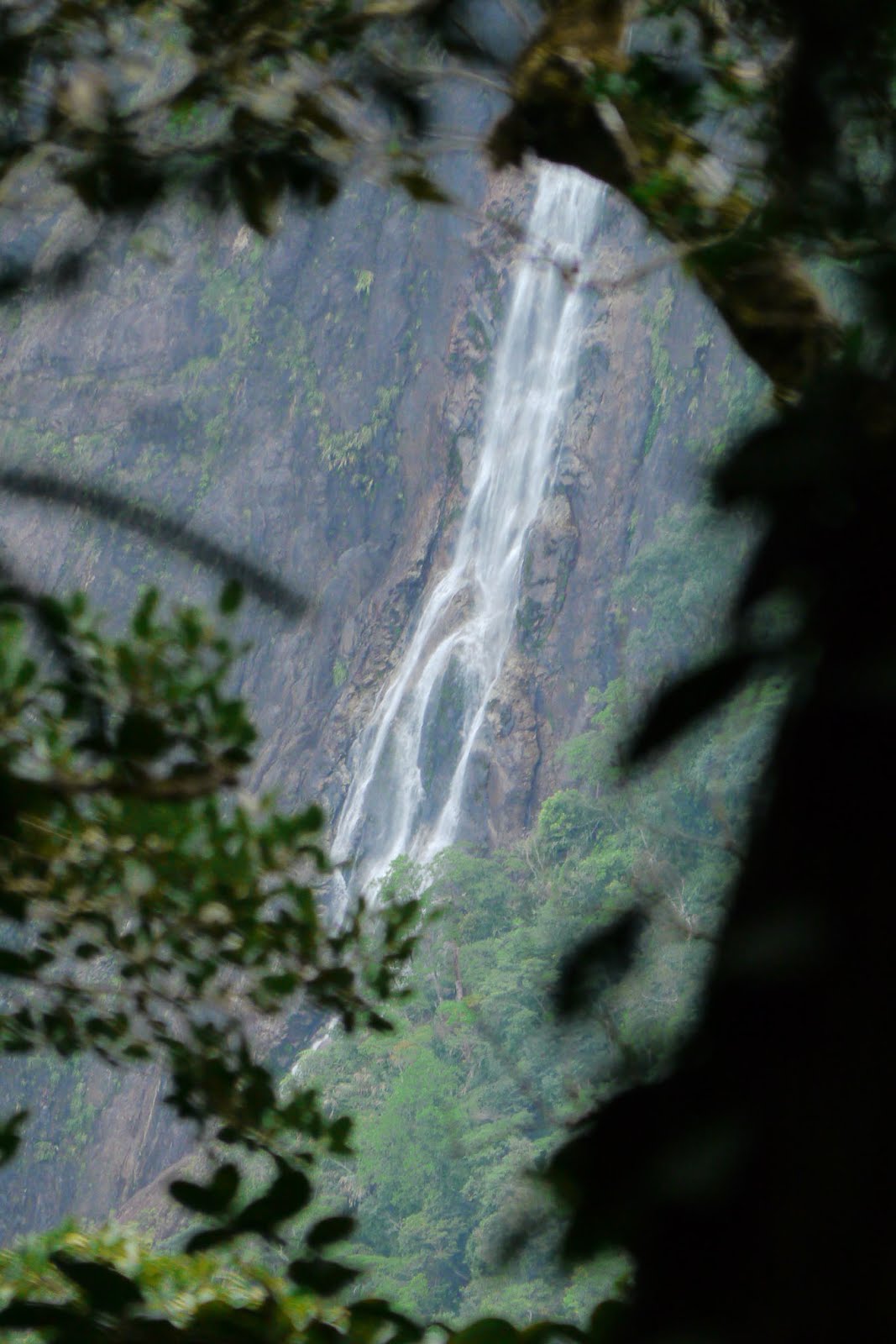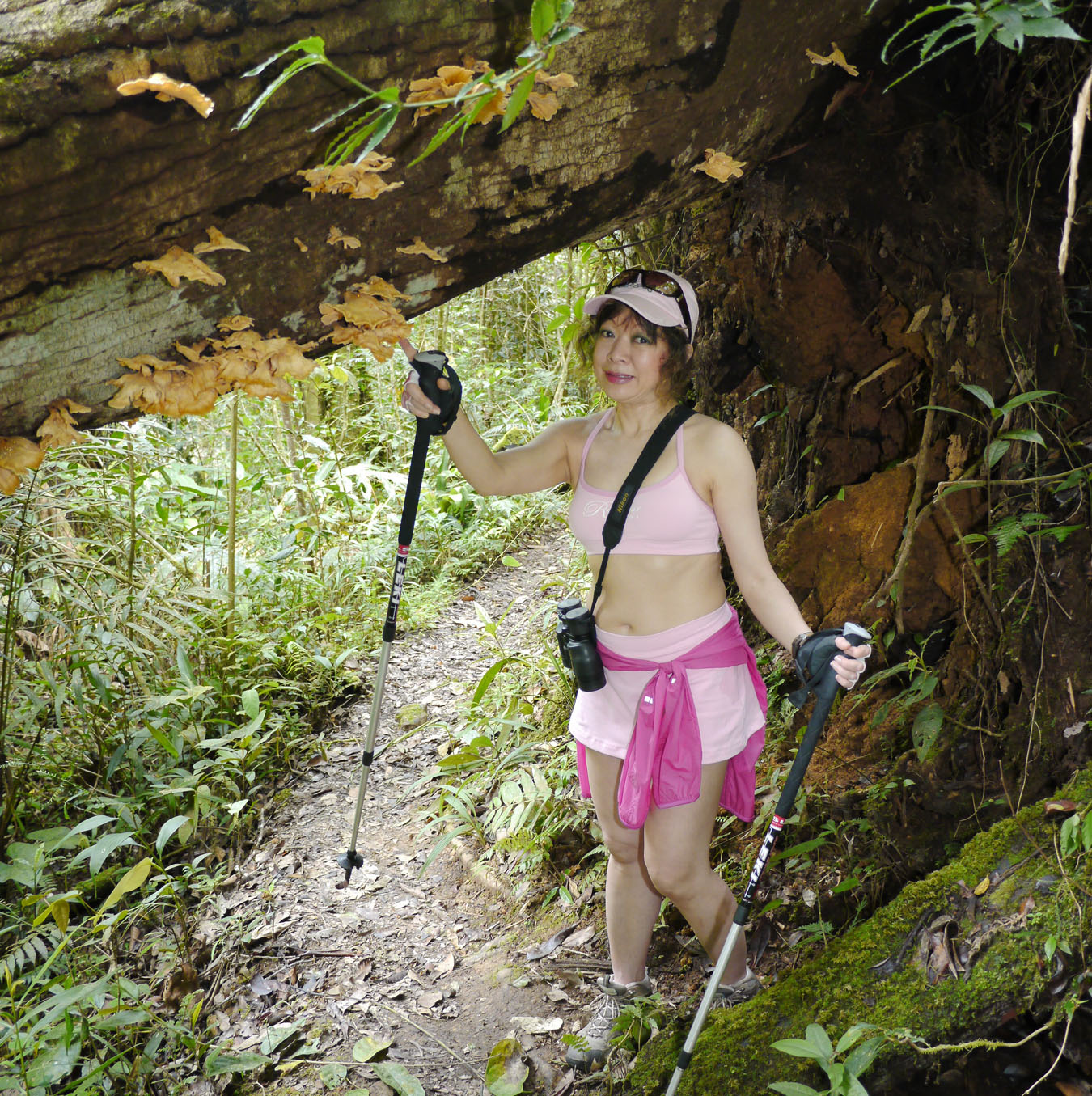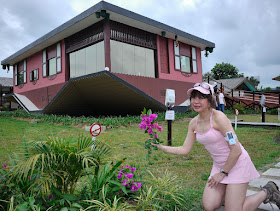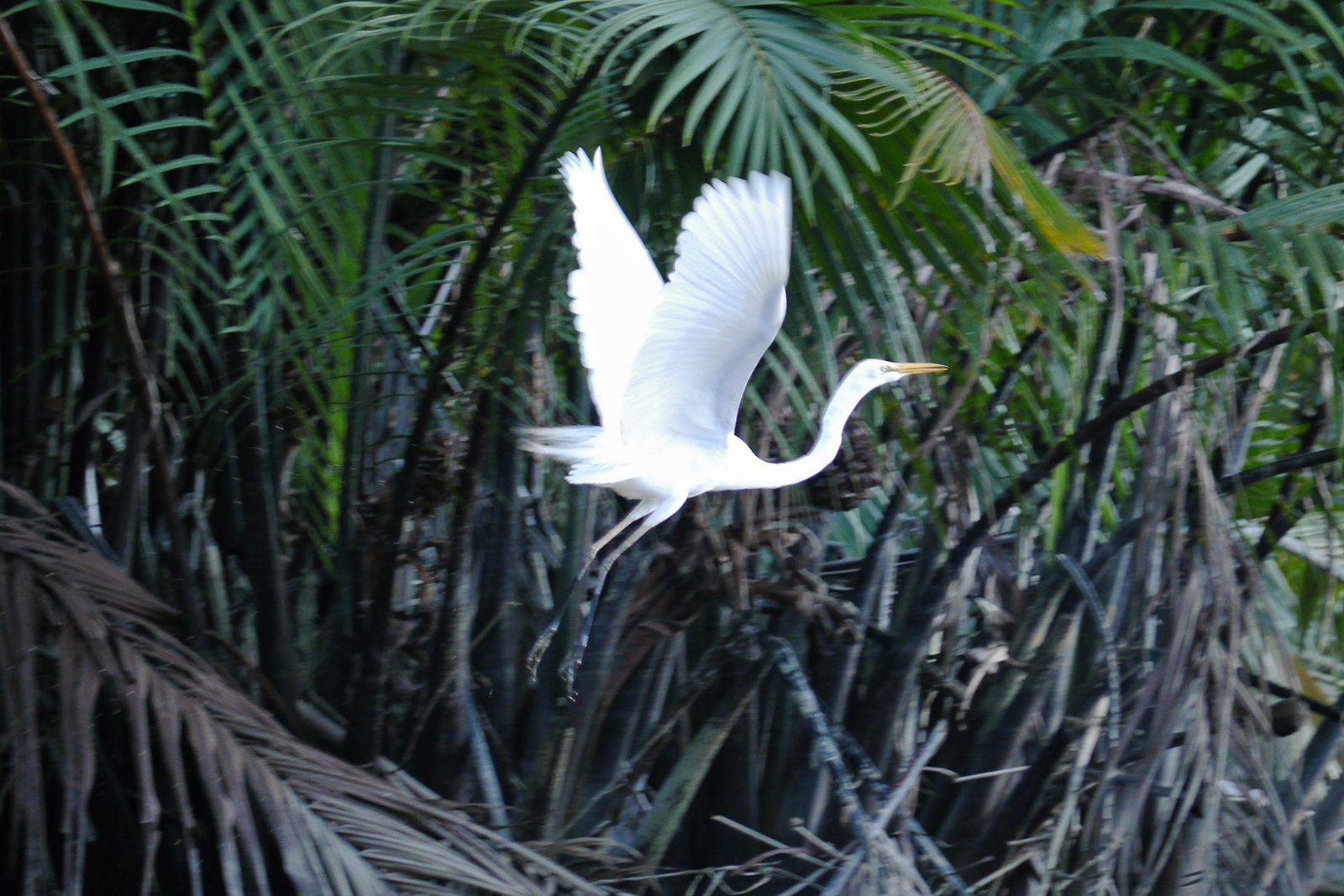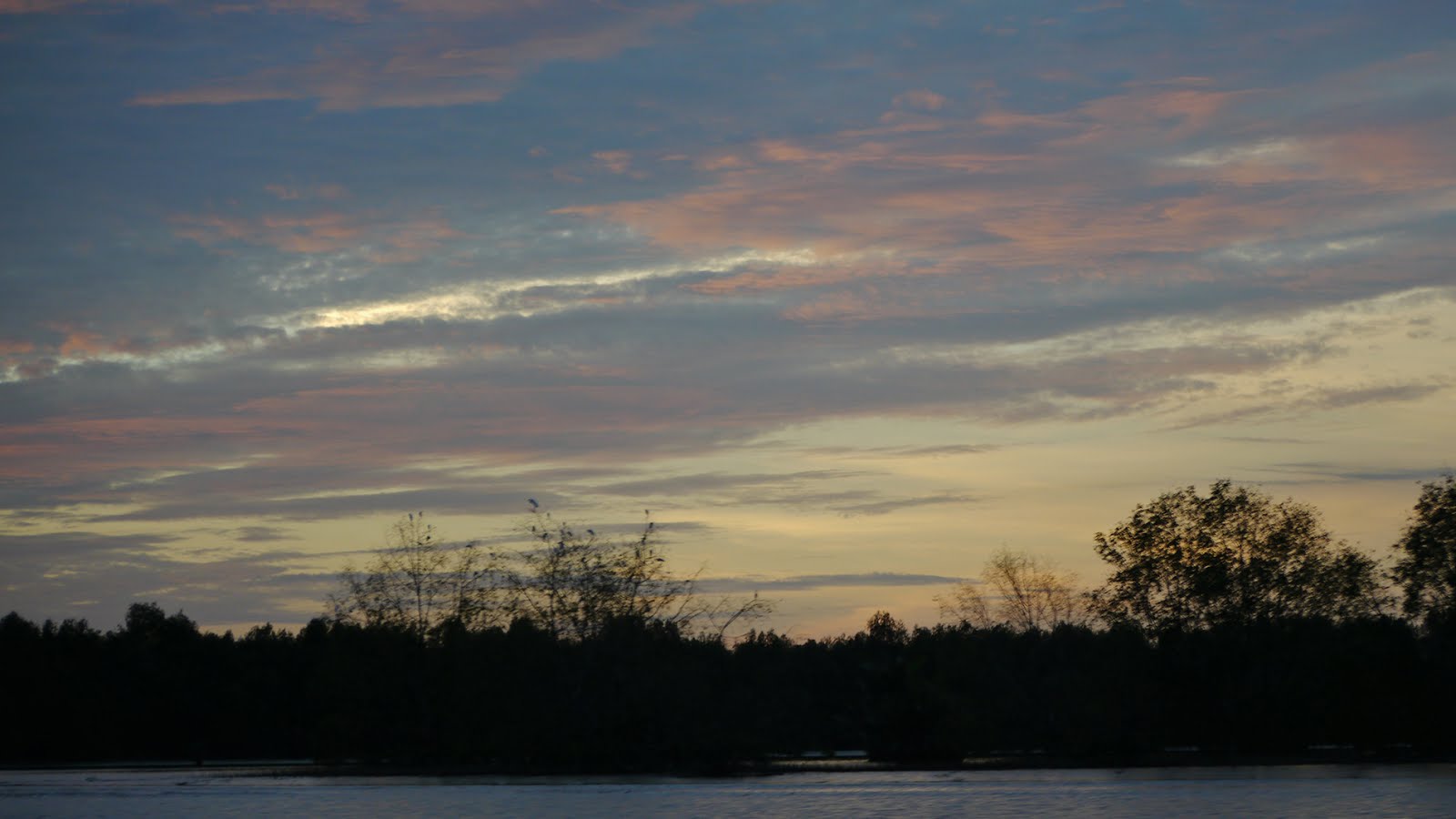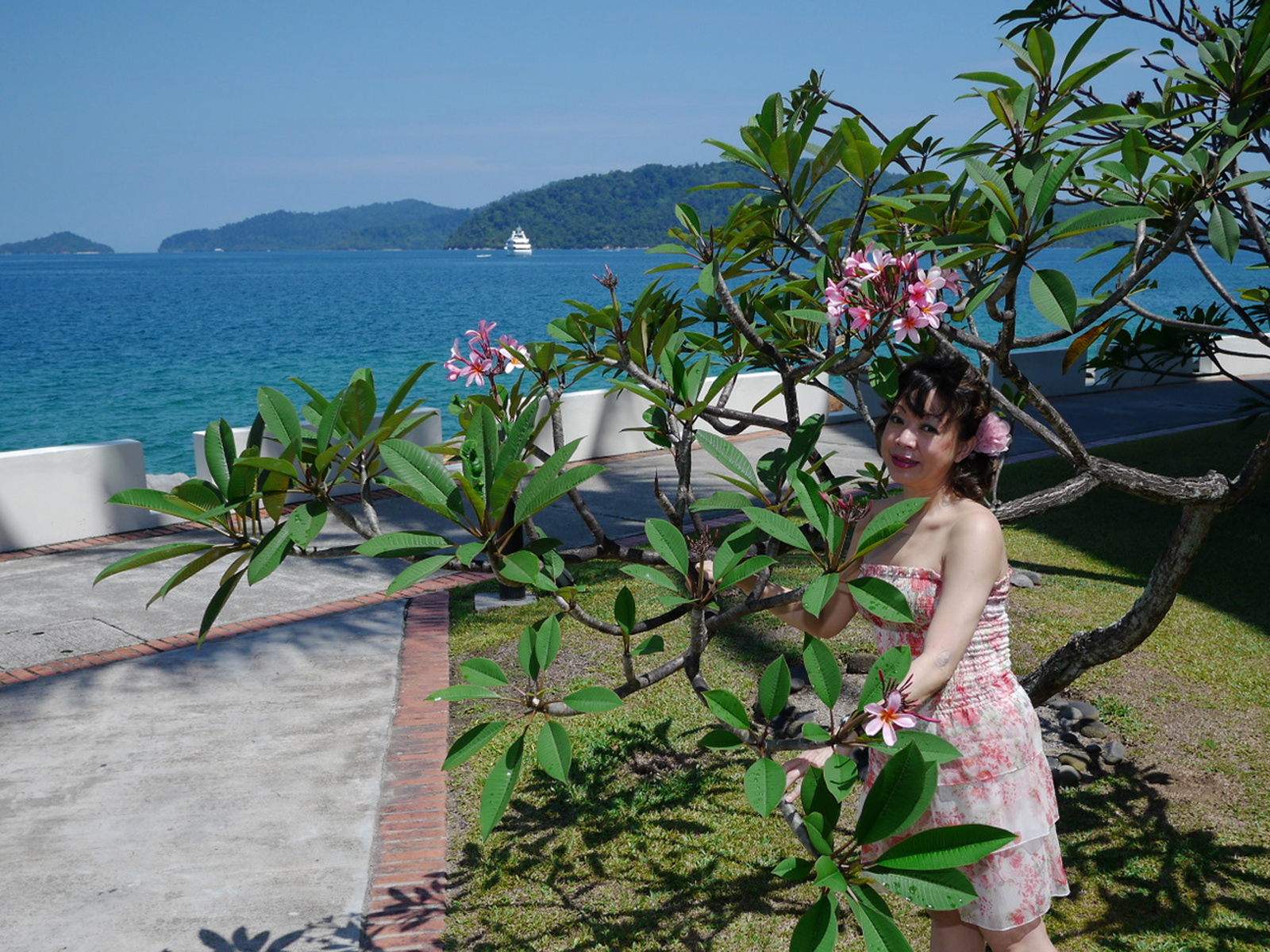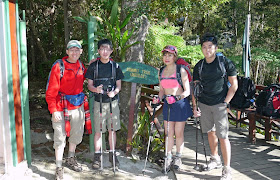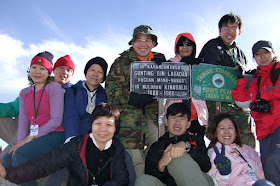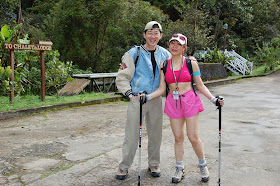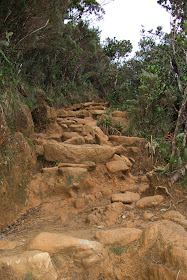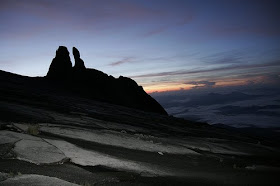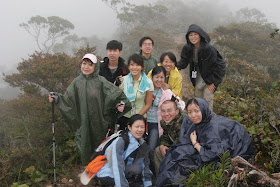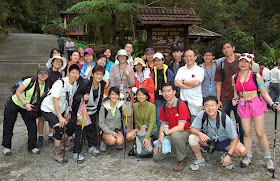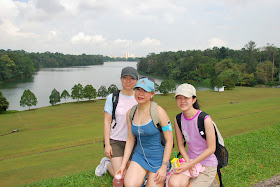The breaking news these past few days is a rare earthquake that struck Sabah just after dawn on 5th June 2015 at around 7.30am. The resulting rockfall & landslides on Kinabalu took everyone by surprise & have tragically killed & injured some climbers and one mountain guide to date. Its epicentre lay just east of the summit & northeast of the nearby town, Ranau. Measuring 5.9 on the Richter scale, tremors were felt as far as the capital city of Kota Kinabalu 100km away.
 Our hearts go out to the injured and the families affected. Culling from various sources on the Web, the most heart-warming picture is painted of the mountain guides who quietly & heroically saved the 100 over climbers stranded on the mountaintop when familiar trails were wiped out by the landslides. Somehow they managed to carve out new routes down to safety, managing only with limited resources and even ferrying some injured on piggyback down the treacherous slopes.
Our hearts go out to the injured and the families affected. Culling from various sources on the Web, the most heart-warming picture is painted of the mountain guides who quietly & heroically saved the 100 over climbers stranded on the mountaintop when familiar trails were wiped out by the landslides. Somehow they managed to carve out new routes down to safety, managing only with limited resources and even ferrying some injured on piggyback down the treacherous slopes.We shall always remember our own hero, Mr Anddy Maz who accompanied our second son, Daryl & his 3 buddies on his first (failed) attempt in 2009. He wisely advised them to abandon their summit push when it was raining at 3am and one of the boys was suffering Acute Mountain Sickness. Please read my earlier posting in this blog. Our own family climb in 2010 by contrast was a relatively straightforward affair for Anddy & we individually reached the summit between 7am to 8am, the slowest but most determined member - feisty mum, petite wife, Theresa !
Adding to the lessons we have learnt from the mountain on our previous climbs, we must now remember to be grateful in Life and learn to be brave & virtuous in the face of danger & calamity, like the mountain guides who take calculated risks every single day on the mountain and who will continue to inspire all who come to visit.



















